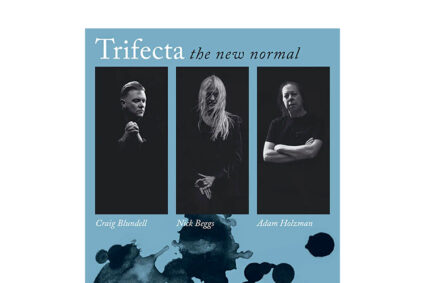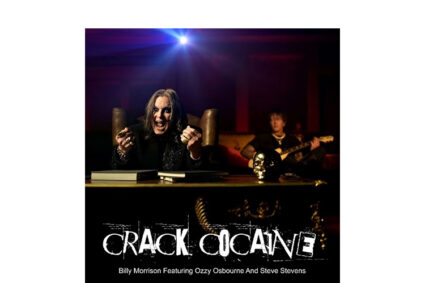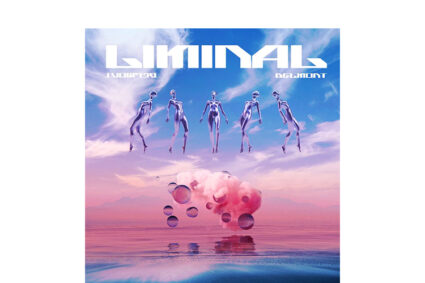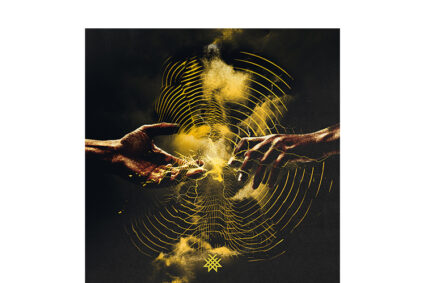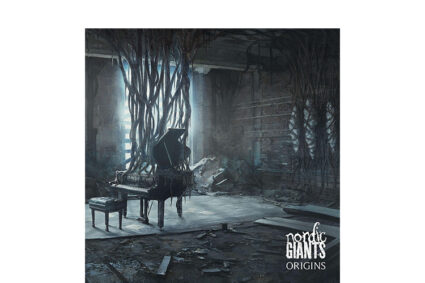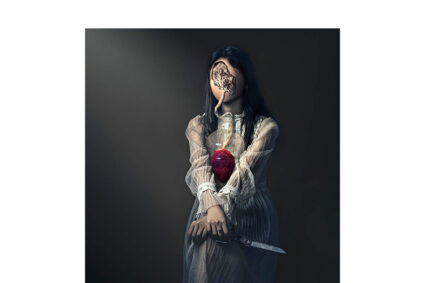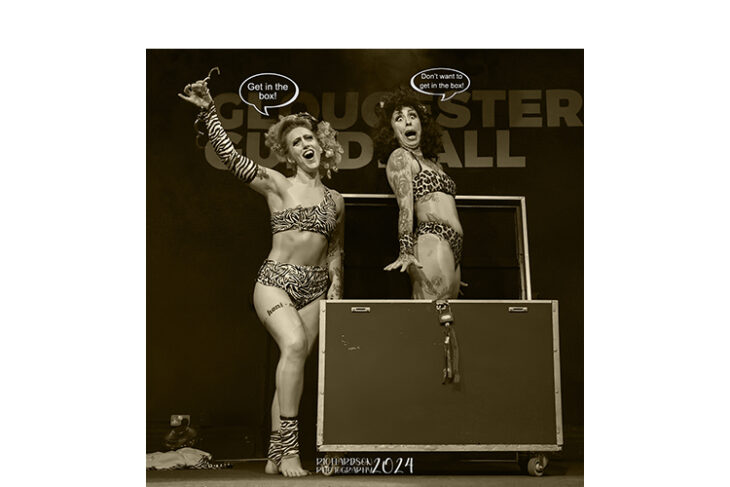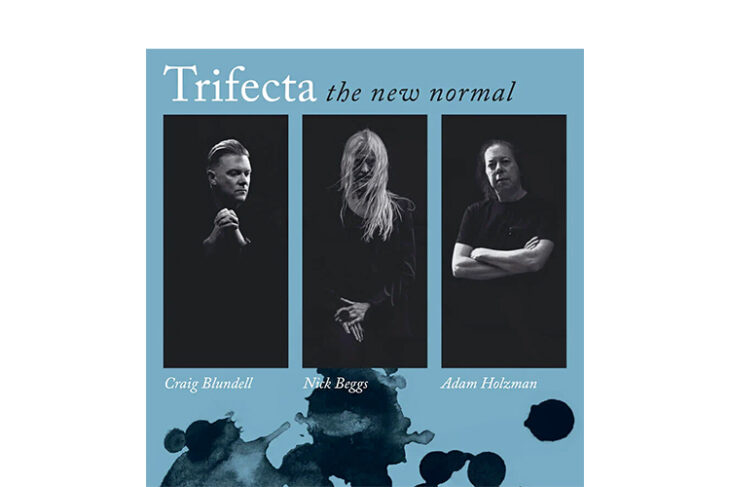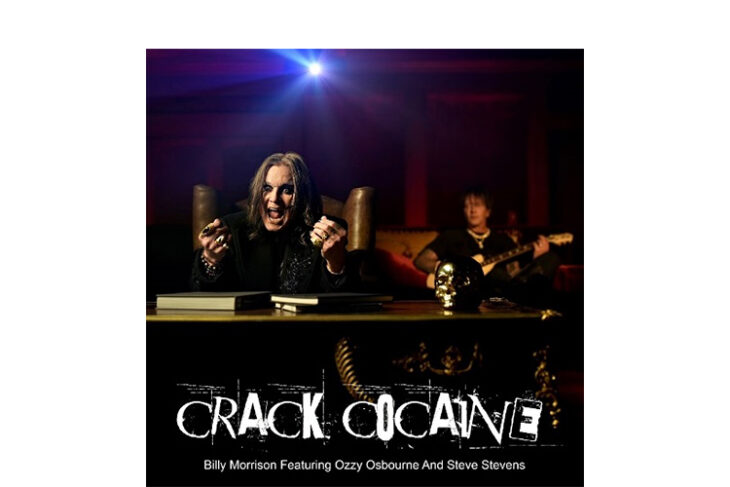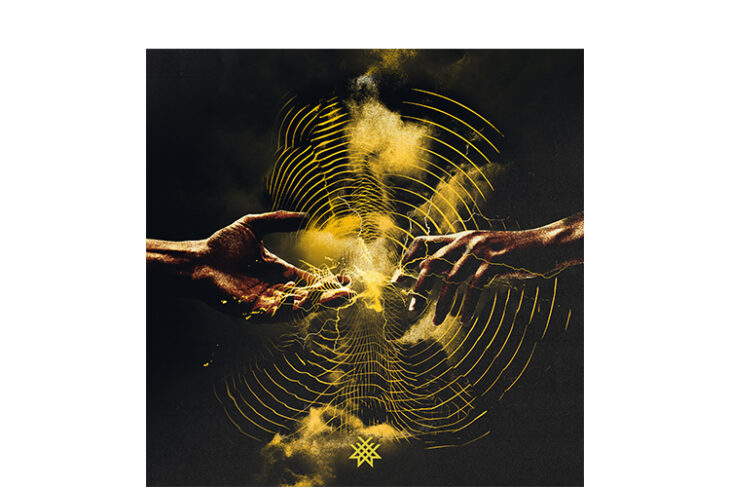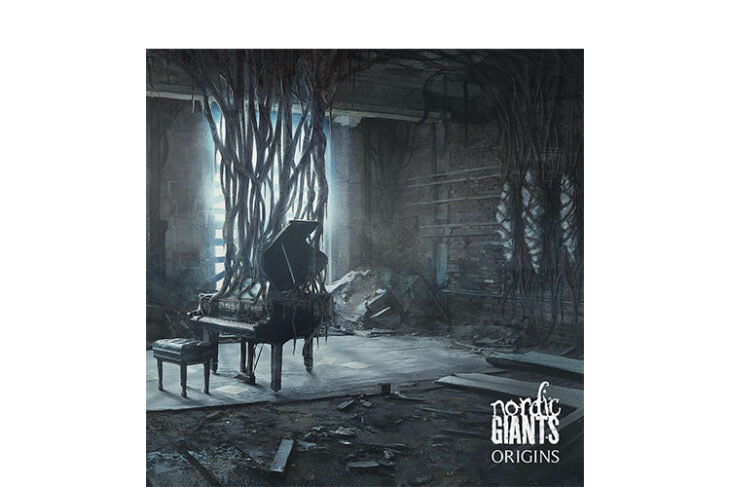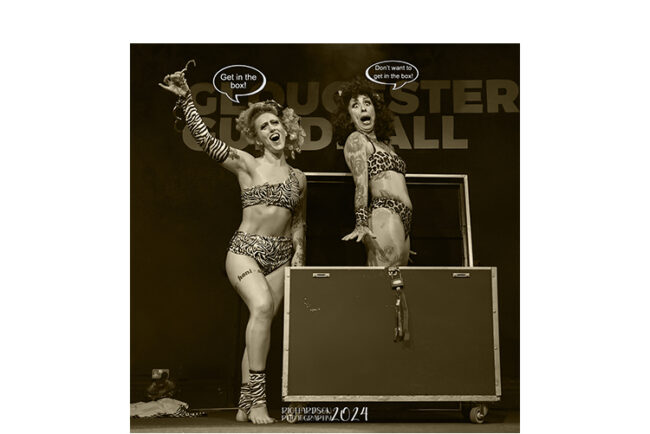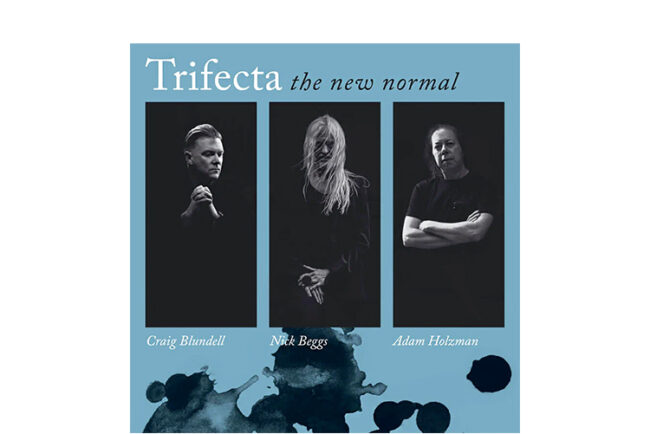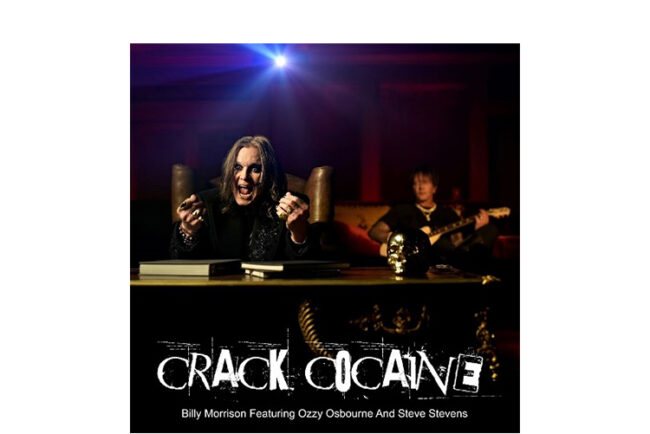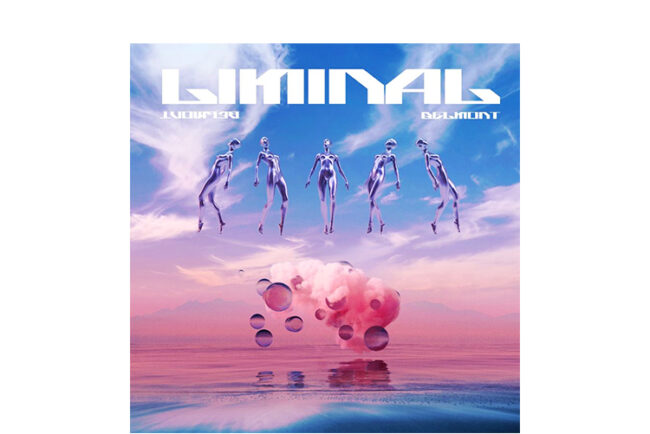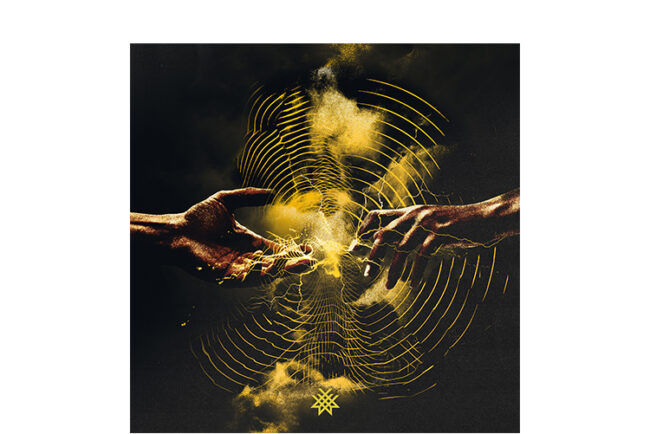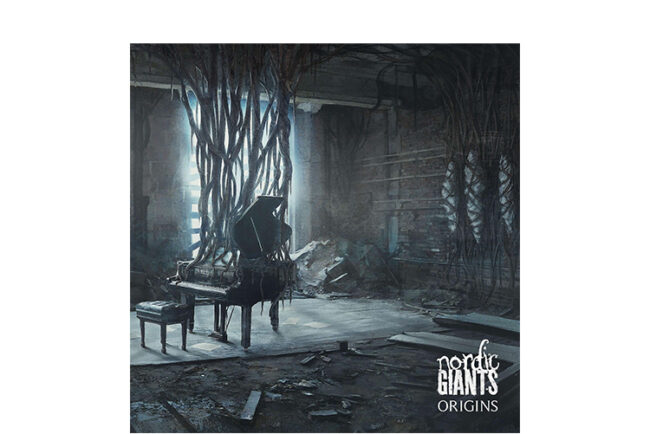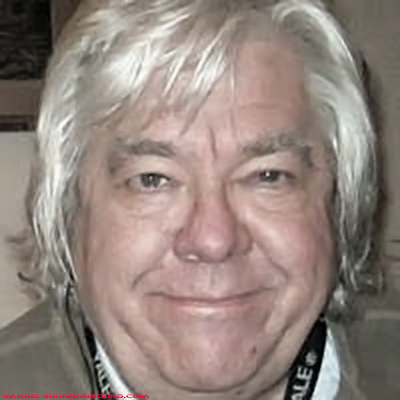
Norman Dolph was born in Tulsa Oklahoma on May 11, 1939. He graduated from Yale with a degree in electrical engineering in 1960 and moved to New York where he worked at Columbia Records as a salesman in their Custom Labels Division, pressing records for third party clients including indie label Scepter Records.
By night he had one of America’s first mobile discos and played at art events and openings in Manhattan, befriending many of the leading lights in the scene including Andy Warhol.
Warhol asked Norman to help with a band Warhol had discovered – the Velvet Underground. They were regulars at the Dom, a former Polish wedding and social hall on St Mark’s Place that became a bohemian performance space famous for Warhol’s Factory-produced Exploding Plastic Inevitable events (Norman helped come up with the name, suggesting Exploding over Erupting).
Norman co-funded the Velvet Underground’s recordings, using Scepter Records’ studio in the middle of their office in midtown Manhattan to record nine tracks. The Scepter versions of All Tomorrow’s Parties, European Son, Femme Fatale, Run Run Run, I’ll Be Your Mirror and The Black Angel’s Death Song all ended up on the finished album, while Heroin, I’m Waiting For The Man and Venus In Furs were re-recorded in Los Angeles, and Sunday Morning was recorded on a separate session in New York with producer Tom Wilson.
Norman passed the acetate of the recordings to his bosses at Columbia but they flatly turned him down (the note from A&R said, “You’re out of your mind with this”). That acetate later sold for $25,000 on eBay, one of the largest sums ever paid for a vinyl record. Warner Bros and Elektra also passed.
Producer Tom Wilson had recently moved from Columbia to MGM’s jazz imprint Verve, who released the album, The Velvet Underground And Nico, on March 12, 1967. Due to its references to drug use and exotic sexual topics including sadomasochism and prostitution, it was banned by many record stores and radio stations, and magazines refused to carry advertisements for it. As a result, it only managed to reach 171 in the US album charts and reputedly only sold 30,000 copies in its first five years.
Its influence began to build underground however. As Brian Eno famously put it, “Everyone who bought one of those 30,000 copies started a band!” (In fact, a February 1969 royalty statement shows 58,476 sales – not as bad as legend would have it.) By 2003 its reassessment was complete, making number thirteen in Rolling Stone’s list of 200 Greatest Albums Of All Time list as “the most prophetic album ever made” and making NPR’s series on the most important American musical works of the twentieth century.
In the 1970s, Norman worked as a songwriter and co-wrote Life Is A Rock (But The Radio Rolled Me) for studio band Reunion, which reached number eight in the Billboard Hot 100 in September 1974. The song was later used in a slightly altered form by McDonalds for a Super Bowl halftime commercial, and the subsequent pressing of eighty million promotional flexidiscs represents one of the largest orders for records in the history of recorded music.
As part of the 1960s New York art scene, Norman had an extraordinary art collection (he would often get a painting instead of a fee for DJing at openings; his Warhol is hanging in the Broad in Los Angeles) and in 1990 he began painting, most notably a series of fourteen stark black and white pieces based on the stations of the cross in Jerusalem.
Living the life of a polymath, he also wrote and lectured on computer software, and worked as an insurance executive. He married twice, latterly to Eve Dolph in 1995. After an illness with cancer, he passed away in New Haven Connecticut on May 11, 2022, his eighty-third birthday.
